Get the Perfect Gun Grip
October 6th, 2019
5 minute read
In mixed martial arts there is a common saying: “In contact there is control, and in space there is escape.” From the ground-fighting perspective, e.g. Brazilian Jiu Jitsu, the more contact you have with your opponent, the more you can control their body. Let up (give them just a little space) and a skilled practitioner will take advantage of that opening and use it against you.
In the Filipino martial arts, if holding onto an impact or edged weapon, you must “gain and maintain” total control of the weapon. Your grip on the weapon is especially important during and after impact with a target. Keeping good contact especially in follow-up to a strike, is always to maintain positive control.
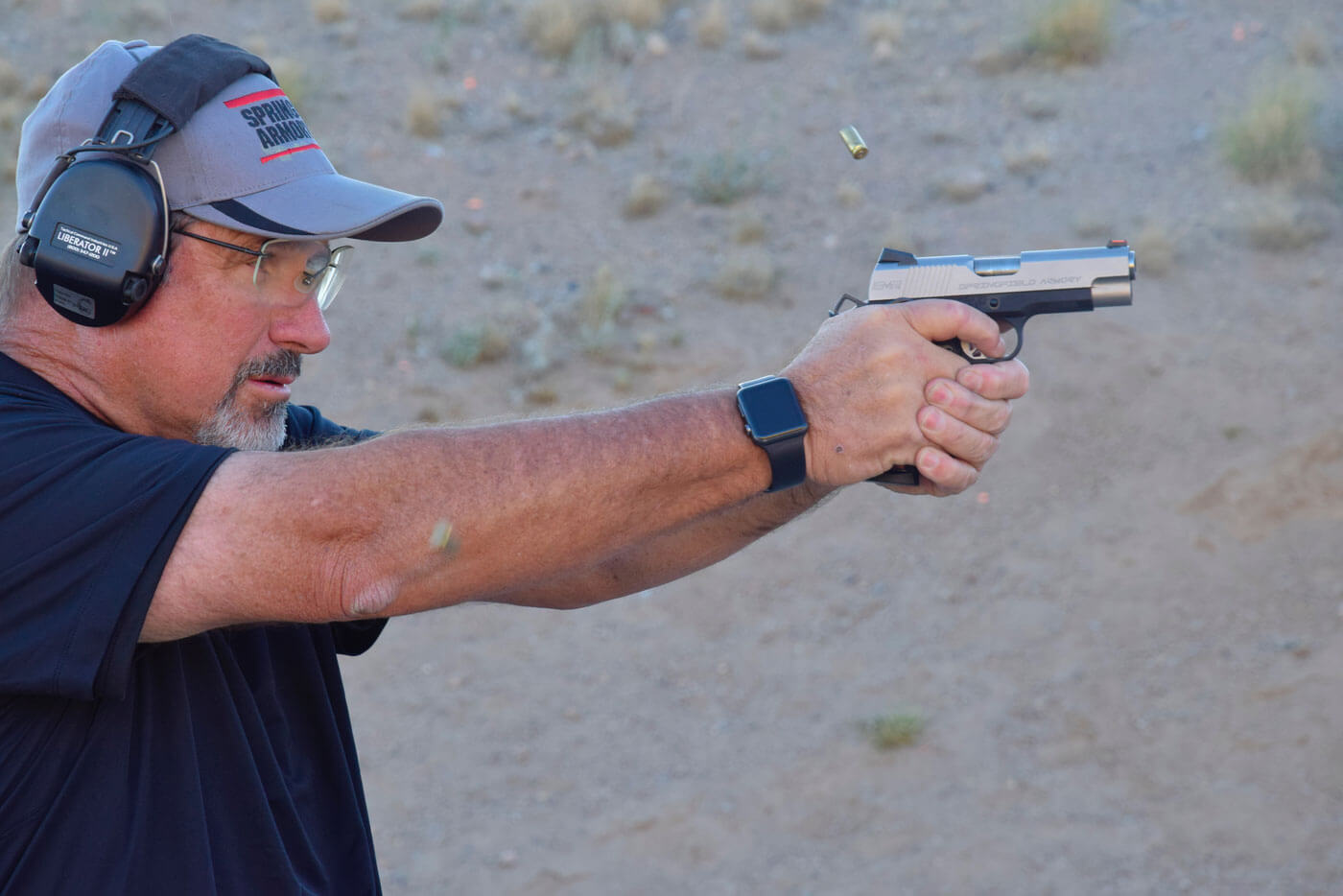
It’s Everything
In effective deployment of any weapon, whether the business edge of a blade or the sweet spot of an impact weapon, more contact equals more control. The same applies to your grip on a handgun.
The three critical components of grip as applied to the handgun are as follows:
- Stability
- Position
- Control
Stability
One of the most-decorated shooters on the planet, GM and Master Instructor Rob Leatham, shares this with his students: “Fire control stability is paramount to rapid and accurate round placement.”
The purpose of the grip is to gain and maintain stability — from initial presentation to all the way back into the holster and until you decide to take your hand off your gun.
Looking at it from a safety perspective, you want to have a good enough grip that you don’t drop the gun or allow it to fly out of your hand(s), regardless of the circumstance.
In addition to presentations and holstering, grip is integral to recoil control. In gripping, your objective is to stabilize the gun against any and all unnecessary movement. In recoil you must allow the gun (while controlling its movement) to successfully complete the recoil cycle and return to alignment. Any additional (uncontrolled) motion can and will contribute to error in round placement and or muzzle recovery to alignment.
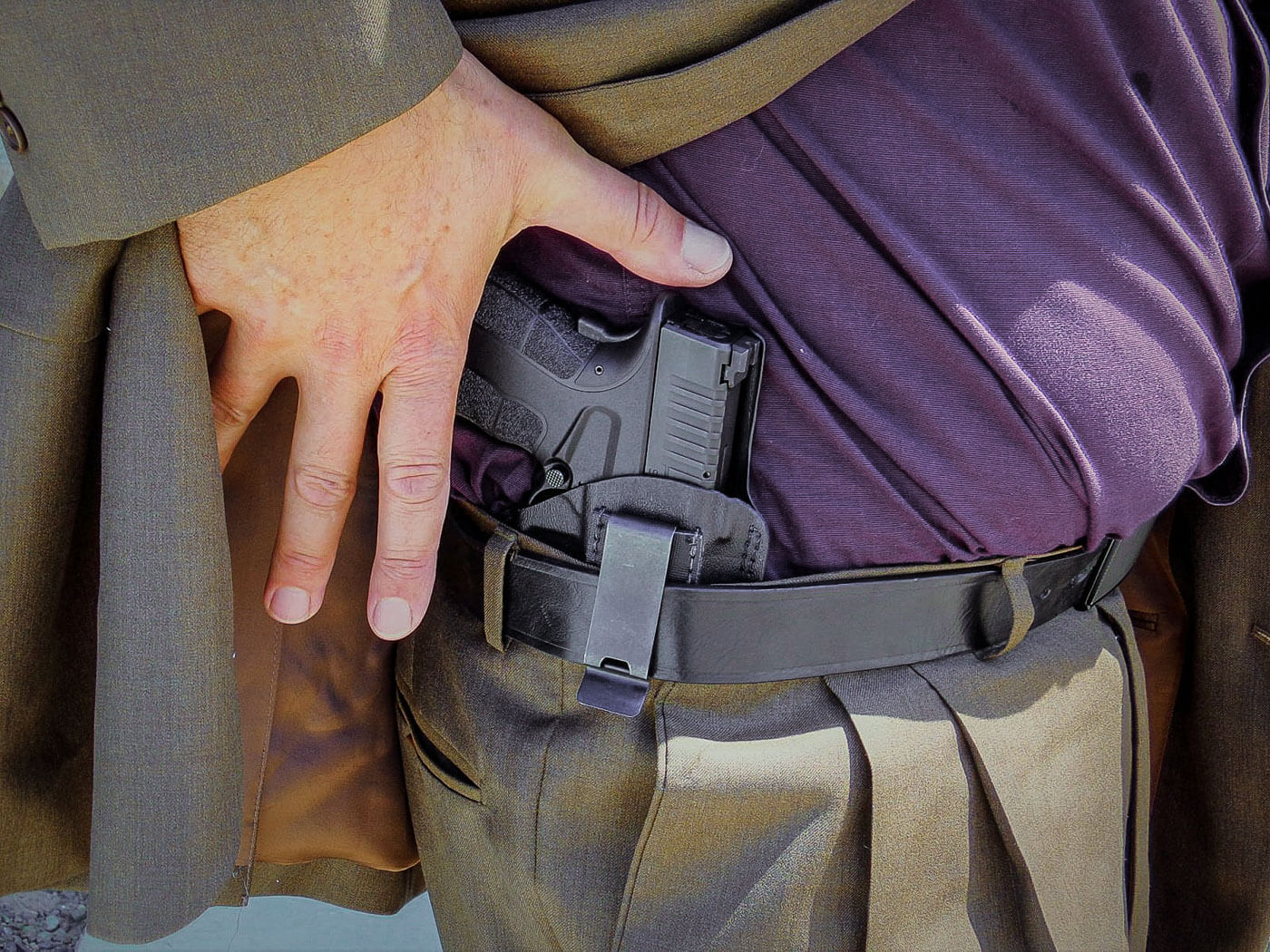
Exactly how can a good grip be applied? Start by applying pressure fore (front strap) and aft (rear strap) with your strong hand. What this does is help prevent the muzzle from excessive up and down motion. Next, back that up with applying inward pressure from the right and left sides. What this does is minimize side-to-side muzzle twist.
Exactly how much pressure should you use? As Master Rob often recommends, “Choke the cr** out of it!” Loosely translated this means to hold on so very hard that your gun starts to tremor, then back off a little bit at a time until you lose the tremor. That’s the appropriate amount of pressure.
Back in my mountain climbing days, I learned that more contact equals more control. How many points of contact do you need on a rock face? All of them! The same applies to a positive handgun grip. Any open surface area is considered “space” and in space there is escape. For a handgun that means energy leaks. Much like water, excessive kinetic energy will seek out the least-resistant path and cause unwanted movement, so try and keep contact with as much surface area as possible.
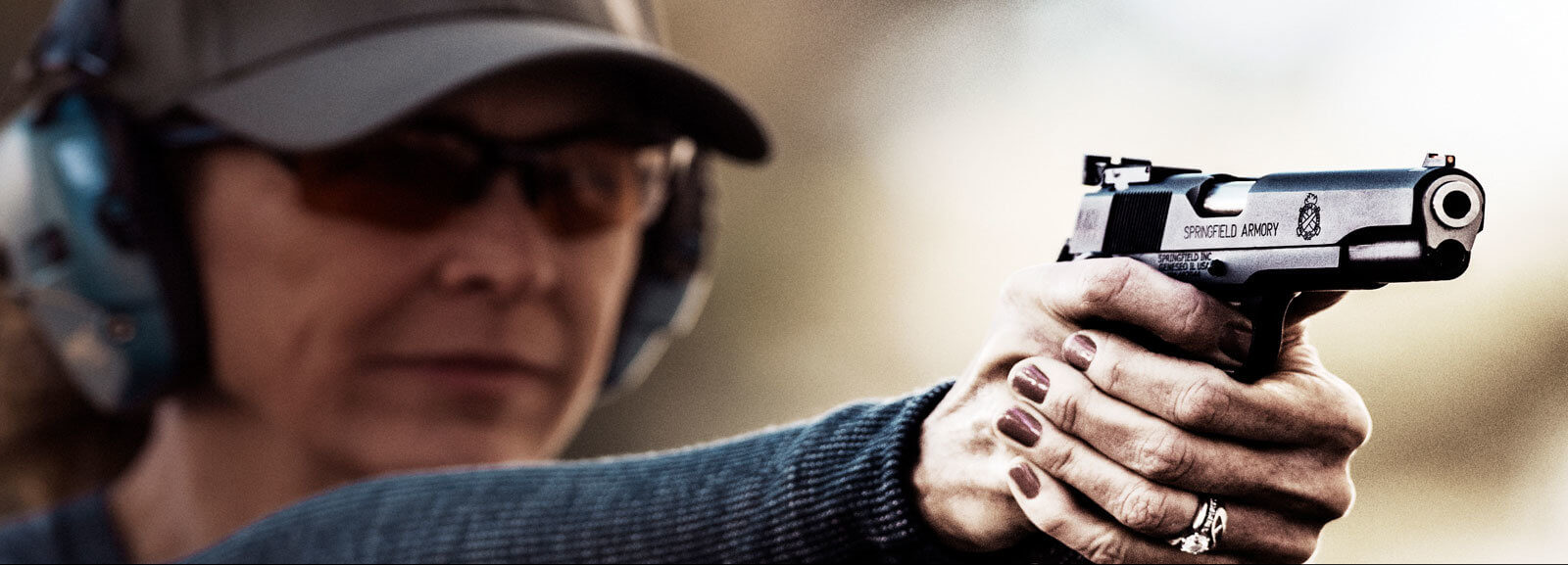
Position
Why and how to grip are important. Where, in what position, to grip is an equally important puzzle piece in controlling your handgun. The first and foremost position that your grip should be applied is in the holster.
You want to purchase a positive, well-placed and stable grip up high on the bore line. Do this by firmly grasping and covering as much area as possible, to establish maximum stability while still in the holster. In either a defensive or a competitive situation, you will not get another chance to establish optimal stability of your handgun as you do while it is in, and as you are removing the gun from, your holster. Applying a proper grip in this position is critical. In rapid presentation you get what you get, and you’ll be rendered no other choice but to fight through a bad grip if you fail in this position.
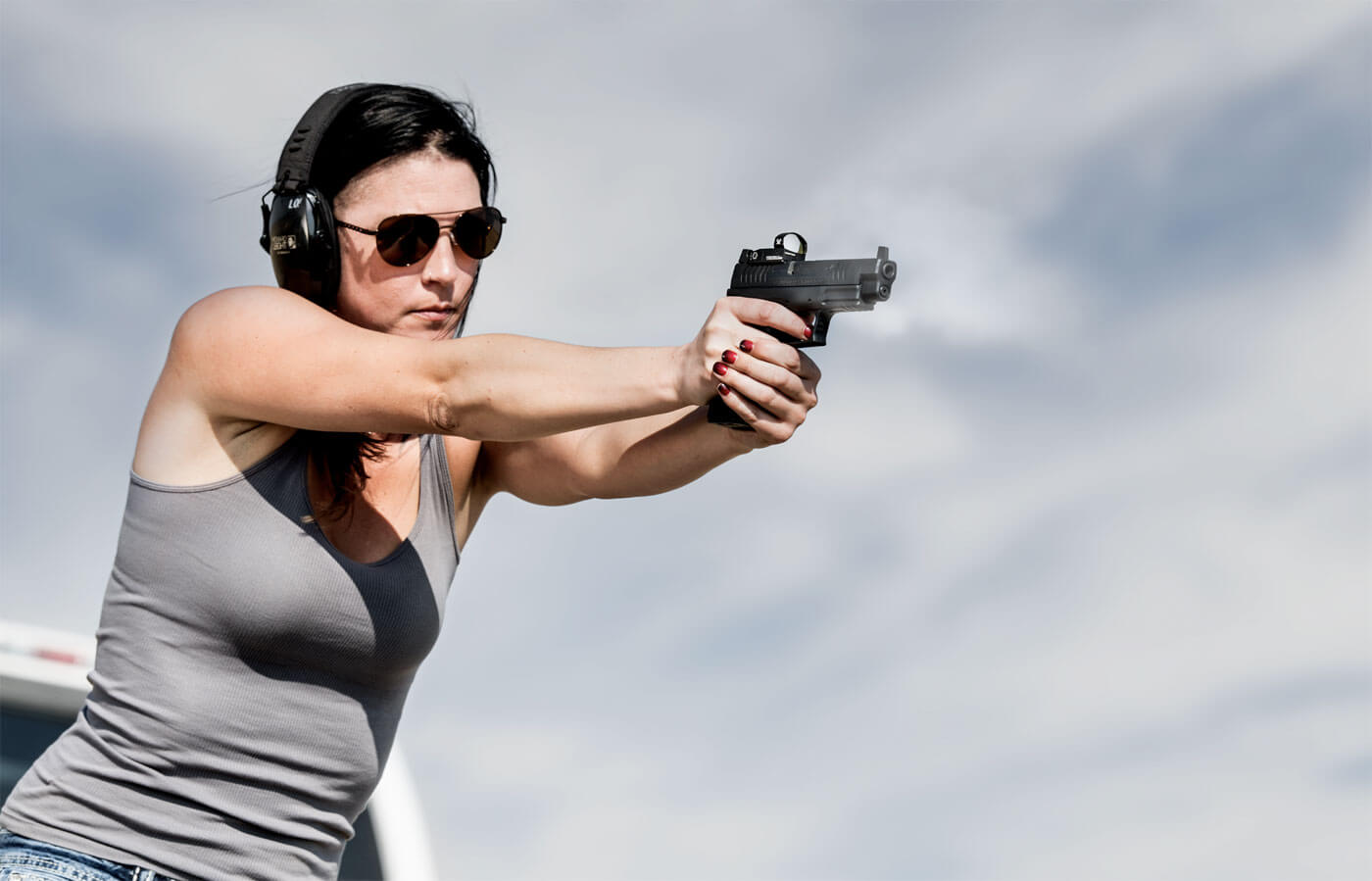
The next important position is throughout transition from the holster to muzzle alignment with the target. Here is your only opportunity to increase grip pressure. You don’t have the time to do that in the holstered position and you can’t waste valuable time, or risk pulling the muzzle out of alignment, when you’re up on target, so you need to do it while on the way to target alignment.
The third and final position of the grip is when your muzzle is aligned with the target. In this position your job is to maintain the stability that you have fought so hard to establish. It’s imperative that regardless of how many rounds, splits (rounds on same target), or transitions (rounds on multiple targets) you may be tasked with, maintaining stability throughout your string of fire is paramount.
Control
The desired result of gaining stability and applying that stability throughout the above positions is control.
Control of your presentation, control of muzzle alignment and control of round placement are all equally dependent on the quality of your grip.
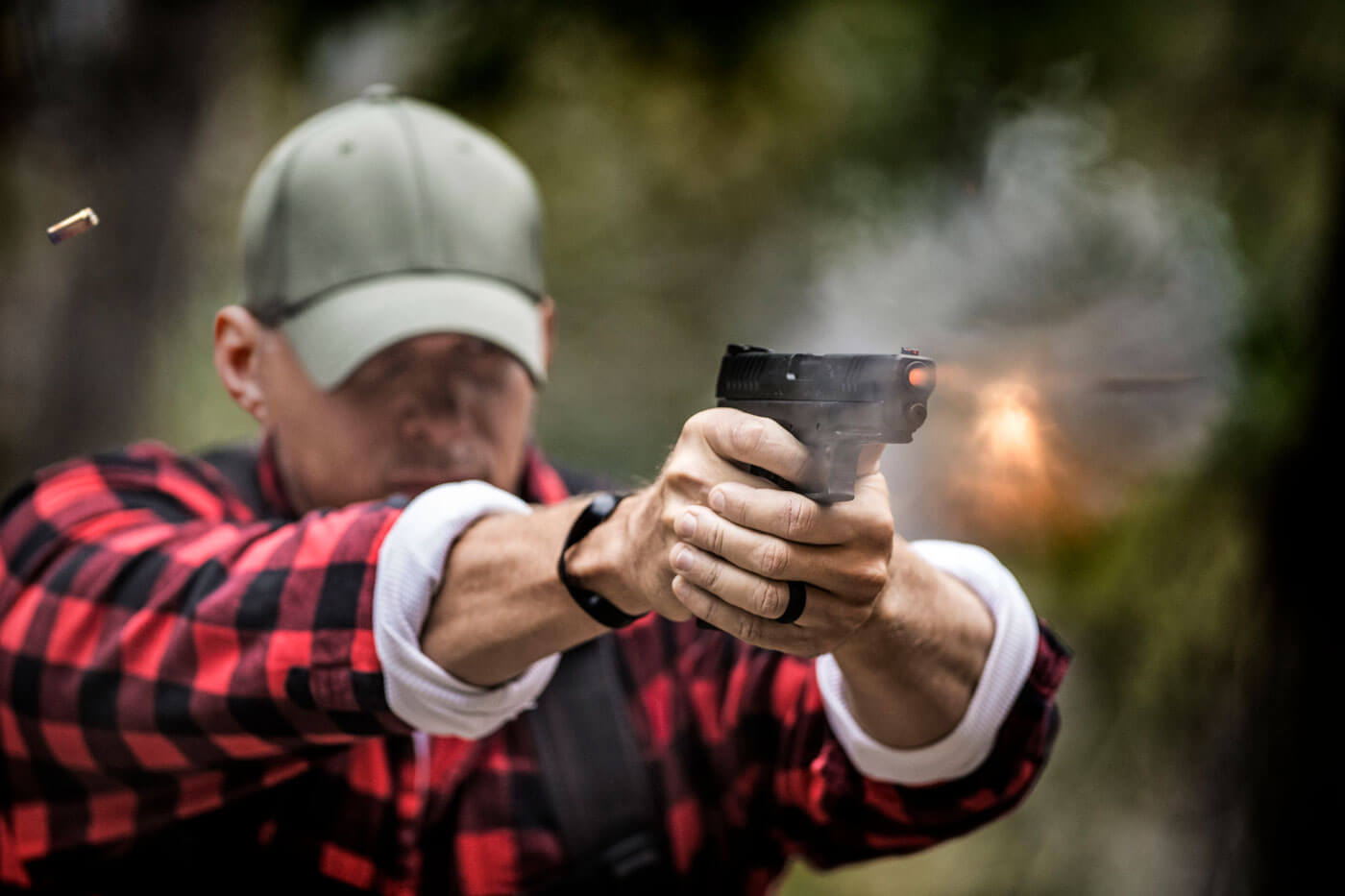
Compromise stability, or getting a less-than-optimal grip, in any position and you relinquish control of the gun. Either you control the gun, or the gun will control you. The “A” answer to shooting well is to gain and maintain not a “good enough” grip, but a grip that guarantees your control.
Get a grip – establish stability and keep that control in each position, and you will find that it makes life a little easier in attaining that precarious balance of speed and accuracy.
Join the Discussion
Continue Reading
Did you enjoy this article?

 100
100






